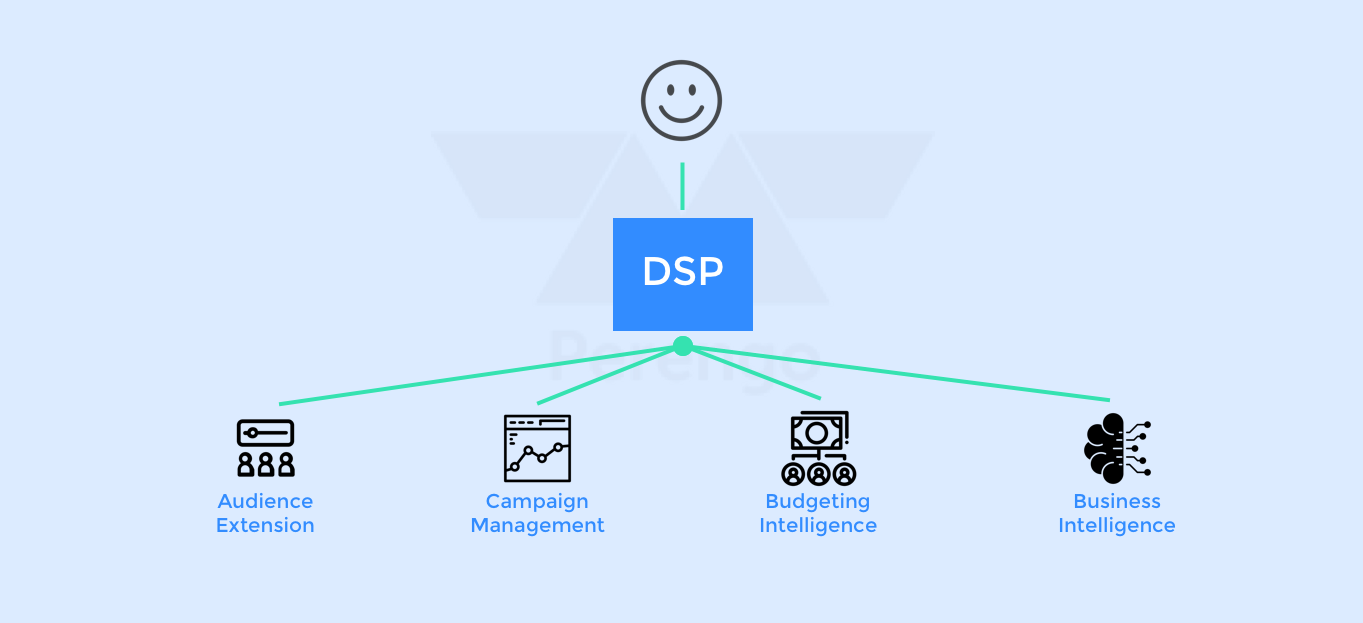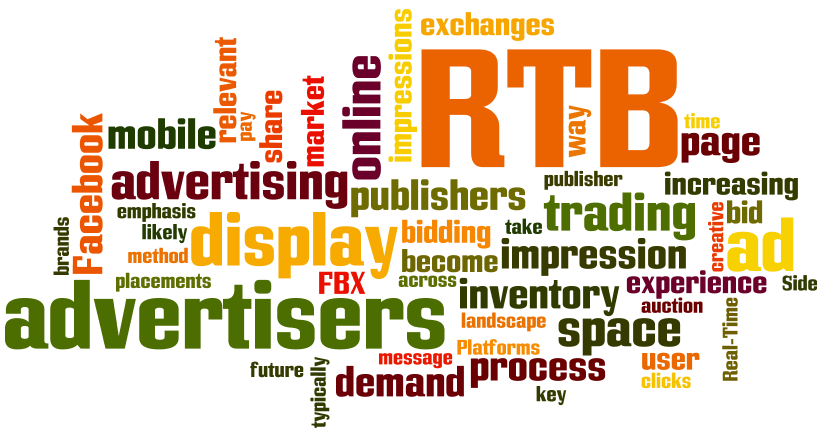Each year is treated by marketers as a time to shed old methods and adopt new ones. This past year saw major upheavals in online search algorithms and privacy standards (to name a few). For average customers, this means less of the same annoying “tricks” used for summoning consumer’s cash. Marketing developers will need to come up with new strategies based on winning the buyer’s trust.
As e-commerce grows at an annual rate of 23%, the cost of digital advertisements will increase. These costs can be cut once marketers begin adopting revolutionary methods of ad placement. Listed below are just a few of the new platforms to explore in online advertising for 2019.
New Platforms to Explore in Advertising this Year:
Demand Side Platforms:
Purchasing ads couldn’t get easier with Demand Side Platforms. DSPs use supply-side platforms to streamline bidding and posting. The ad’s impression information is sent to the SSP for processing where it’s then matched to the highest bid within their algorithm.
Ad purchases take a few seconds; the same amount of time it takes to load a webpage. The program uses data such as demographics and visits counts for audience targeting. This ensures an ad will get only the highest exposure.
Dashboards:
Anyone with a YouTube page will notice the dashboard feature located in the “Creator Studio” section. This dashboard provides charts for the amount of time spent watching a video, the number of subscribers, and how many “Likes” and “Dislikes” it received. App developers have now been able to make this platform and make it a bit more streamlined.
Companies, like Sprout Social, are creating customizable dashboards attuned to a business’s specific analytics. All current data can be collected and calculated to generate presentation-ready graphics. Certain features even allow you to synch these dashboards with multiple social media accounts.
Wearables:
In an age where refrigerators can be smart, even the accessories we wear can have internet capabilities. Wearable devices like smart watches make accessing data less complicated as we move about our daily activities. Marketing agencies are abuzz with various methods to introduce wearable device and programs.
Wearable ads go hand in hand with blockchain technology. A block chain model can be used to authenticate user IDs and provide tokens to register them. Through the IDs, businesses will be able to track the user’s buying habits so online ads can be precisely placed and scheduled. These new features may even be used to gauge the customer’s personality traits.
Transparency:
News of hackers and trolls are causing consumers to hold off on accepting any offer from an online business. The more profitable a business is, the more it is held to the same light as government and relationships. That’s why it’s important to seek out transparent platforms for use.
Transparency is a virtue that many potential customers are willing to spend the extra dollar on. Areas that customers demand transparency on include company values, practices, and policy or pricing changes. Honesty, when answering questions and admitting mistakes, is the best demonstration of transparency.
Read Also:






















